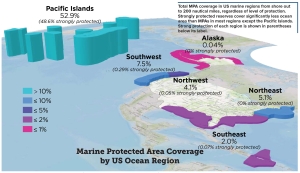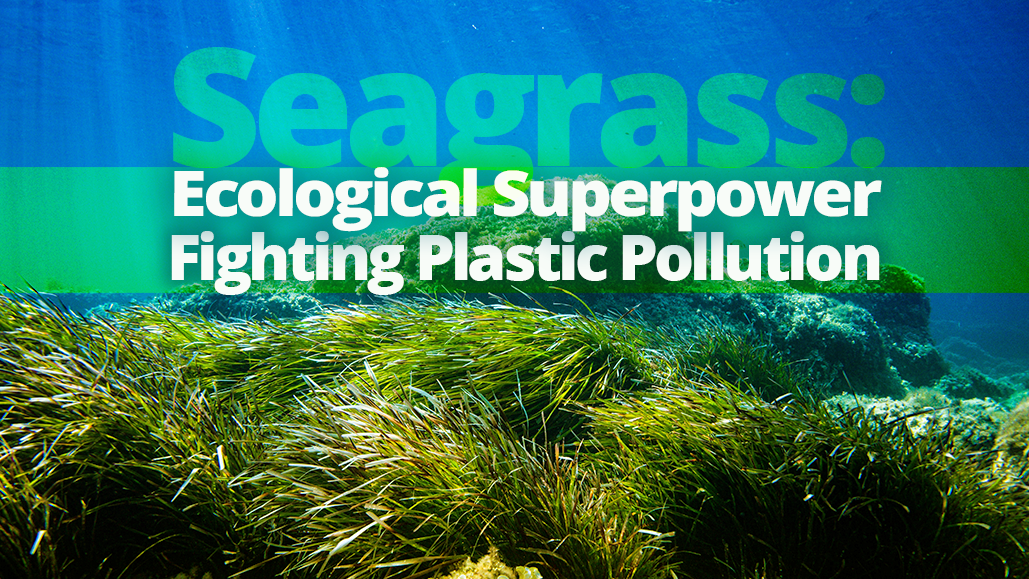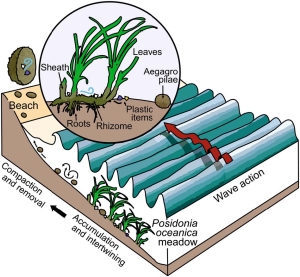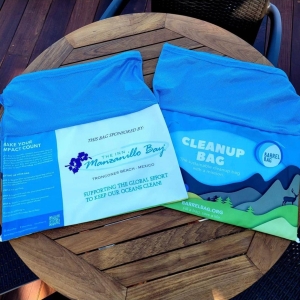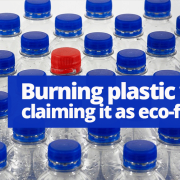Does the fight against plastic pollution include both collective and individual action? We believe both are critical.

If we all used reusable cups and bottles for anything we drank, from coffee to water to beer, we could change the world! But we don’t. Why? Despite amazing advances in bioplastic technology, there is currently too much demand in our global throw-away culture to fight plastic pollution head-on. Consider the rise in shipping costs if EVERYBODY switched to glass or metal.
“It is not as simple as ‘plastic is bad’ so let’s use something else,” warns Eliot Whittington, policy program director at the University of Cambridge’s Institute for Sustainability Leadership. “It will require a complete change in the way we use product packaging at the moment. Most packaging is now used just once and thrown away. We need to move away from that. It needs some form of leadership from government.”
There are caveats, as with all new technologies, that prevent wide-scale adoption. Bioplastics and tetra-paks require special recycling plants, which are not available everywhere. They are generally more expensive to produce (a biodegradable forkmade from plant starch costs 3.5 times more than a basic white plastic one) and can often contaminate the traditional recycling process. Which is why it’s so important to continue to recycle right.
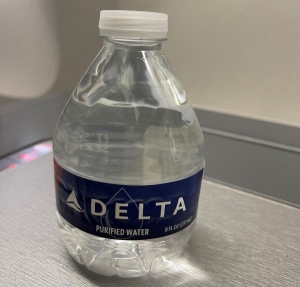
Delta Airlines, we know you can do better.
So what does transformative change look like? Incremental steps and easily repeatable actions. Swap out plastic cups for compostable at your next party. Managing an event on campus? Choose bioplastics over traditional or even better, fully reusable. Create a ripple effect at home and in your community. San Francisco International Airport now offers hot, cold, and room temperature water at their hydration stations, and people love it. And here at Barrel Bag, we love the fact that both the shipping (!) and the airline industries see the value of cutting out single-use plastics.
Change is coming, dear readers. The government and mainstream media are beginning to take notice. “Here’s a chance for the Biden administration to do more to combat this crisis than all the local plastic bag bans in the country combined,” Emily Jeffers, an attorney for the Center for Biological Diversity and author of the petition, said in a statement.
This month, join us in celebrating these incredible NGOs who convinced French shipping line CMA CGM to end shipping plastic waste! Their victory is ours, help us show them some love. Here are all 52 organizations’ contacts.




